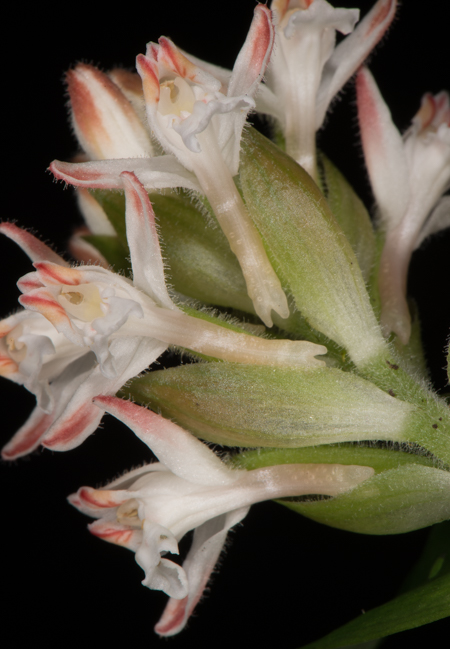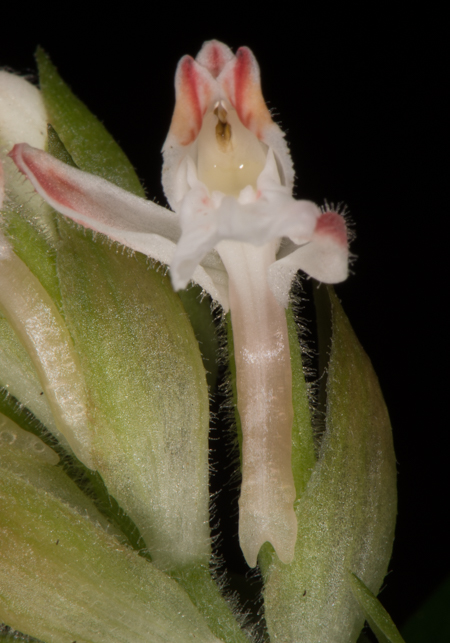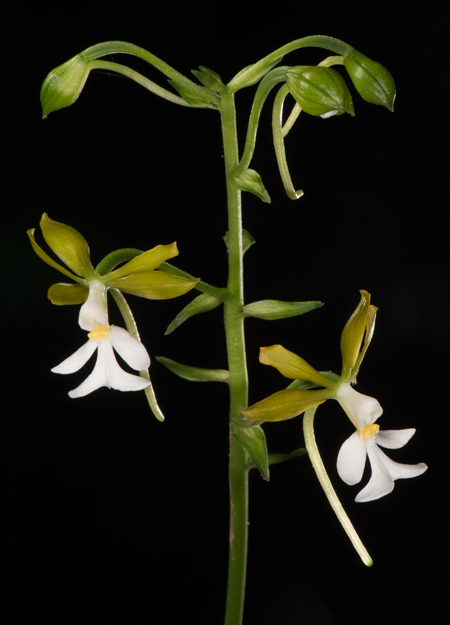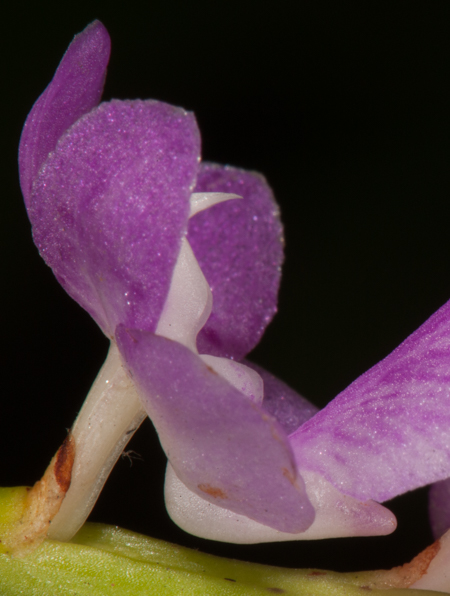Ants are not known pollinators of any orchids. However, ants and orchids keep a mutually beneficial relationship – a complicated process least studied in the eastern Himalaya.
It has been recorded during my work that certain species of orchid flowers attract ants even before they open. The presence of ants scare away many insects that damage or fully destroy buds and flowers while they hunt for nectar, thus affecting the process of pollination and seed production.
As flowers play a critical role in the survival of many species, orchid plants developed the system by which they attract certain species of ants with their nectar and in-turn the ants help in protecting the flowers from many damage causing insects.
It is interesting to note that those insects that cause no damage to buds and flowers are not being attacked by ants. Indeed these friendly insects are mostly pollinators of these species.

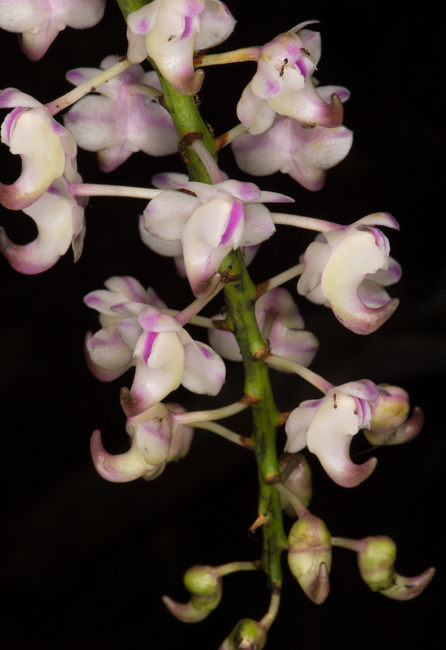
Post 20 – 18/October/2020


